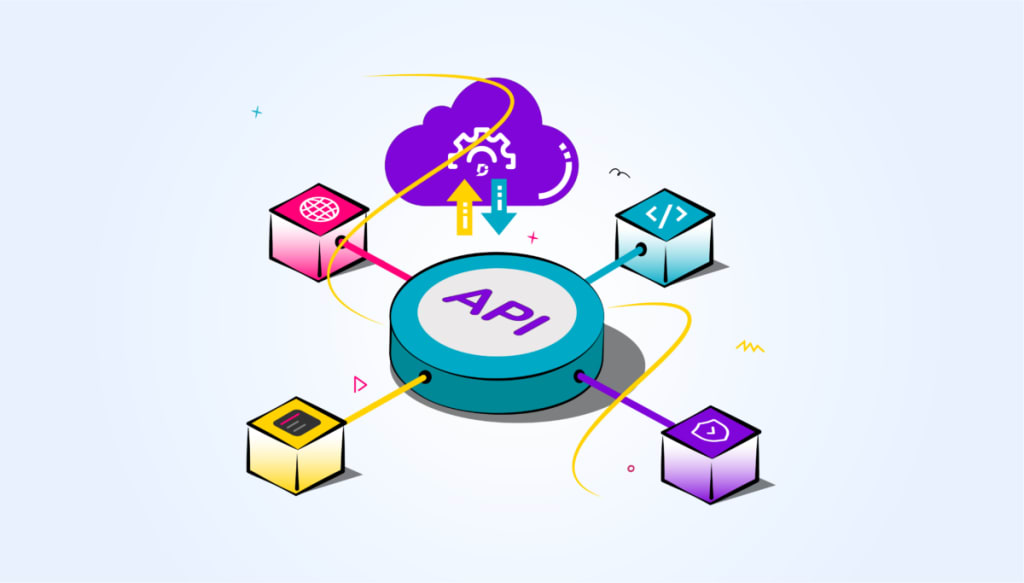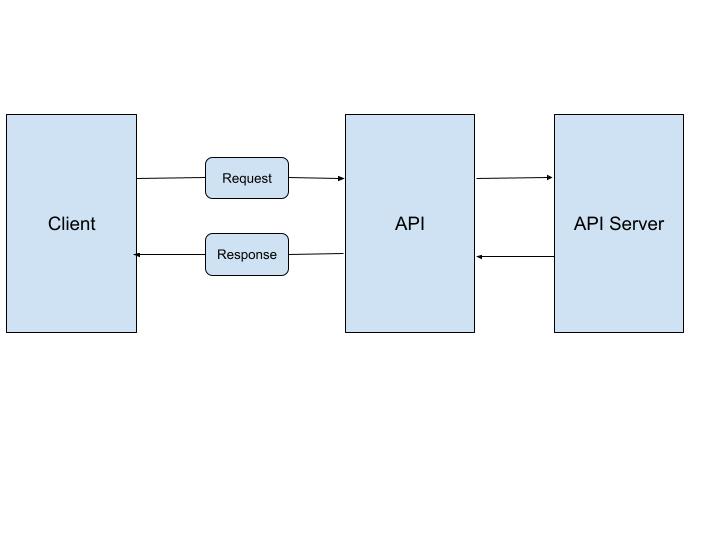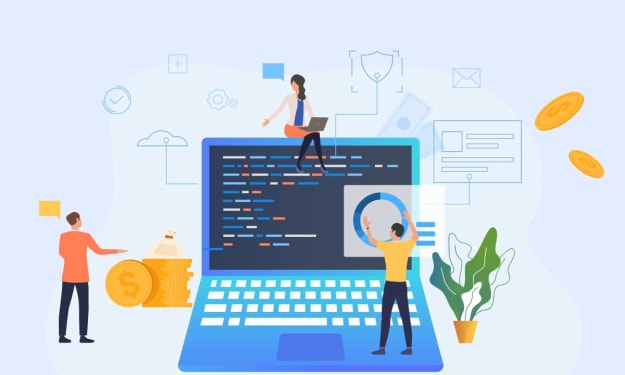The Future of APIs: Trends Shaping the Next Generation of Connectivity
The blog explains the working of API and its future seems exciting with endless opportunities.

Imagine a time when you went to a library to borrow a book. The librarian checks the availability of the requested book, retrieves that book from the shelf, and then hands it to you.
In this scenario, you are the user, and the librarian is like an API, facilitating your request. The shelves act as a system that stores all the information and the book you receive is the response.
Similarly, this is how the application programming interface aka API works. It role-plays as the librarian which enables the user and the server to communicate with each other and exchange data.
So, API allows two software or systems to communicate and exchange data with each other using a set of protocols and rules. But why is it that APIs are getting more crucial as we approach the era of innovation?
One word, Connectivity, precisely! Connectivity is like a magic wand that businesses are chasing. It is the cornerstone of a successful business. They are increasingly recognizing the transformative power of APIs in unlocking new opportunities.
A mobile banking app seamlessly integrates with a third-party payment gateway through APIs, allowing you to transfer money securely with just a few clicks. When you book a cab, it is an API that connects to the server of that particular company on behalf of your request, tracking the driver’s location.
This is just one of the many examples of how APIs are revolutionizing the way we interact with technology.
According to Nordic APIs research, more than 90% of developers use APIs. That’s a lot!
So how does it work?
APIs work on a request-response basis between the client and a server. It lies in the middle of both the server and the client, allowing it to send data requests and responses. Below is a workflow of how API works.

As per the diagram, API acts as middle ;layer between the client and the server. The client sends a request to the API, specifying the data it needs or the actions it wants to perform.
API process the request and then sends back a response to the client. The response can be anything from data to the result of an action.
There are various websites from where you can discover these APIs, such as RapidAPI.com, Vahana Hub, etc.
Future of APIs
When we talk about APIs, we cannot ignore interoperability. Simply put, it refers to the ability of different systems or devices to work together seamlessly. As technology continues to evolve, it becomes more significant for businesses to remain agile and responsive to customer needs.
Similarly, when we talk about API, increased interoperability means that APIs will enable different platforms and services to exchange data with each other.
Furthermore, with the rise in cyber threats, it has become more pertinent to have a well-proof security system in place. In the future, APIs are likely to accommodate advanced security features to protect sensitive data and ensure privacy for your business.
How can we not talk about AI when talking about the future? Since AI is the talk of the town. Most of the field has already seen the impact of AI and what the future behold. In the same way, API will leverage AI capabilities to increase its effectiveness.
All that being said, the future of APIs seems exciting, with endless possibilities emerging. The no code/ low code is another factor poised to shape the next wave of innovation in the domain of API. Like no code/ low code, this trend is also here to shape the next creativity of generation.
About the Creator
Bhagyam Singh
A girl trying to find her way into the world of Internet technology by communicating complex technical concepts clearly and understandably.






Comments
There are no comments for this story
Be the first to respond and start the conversation.